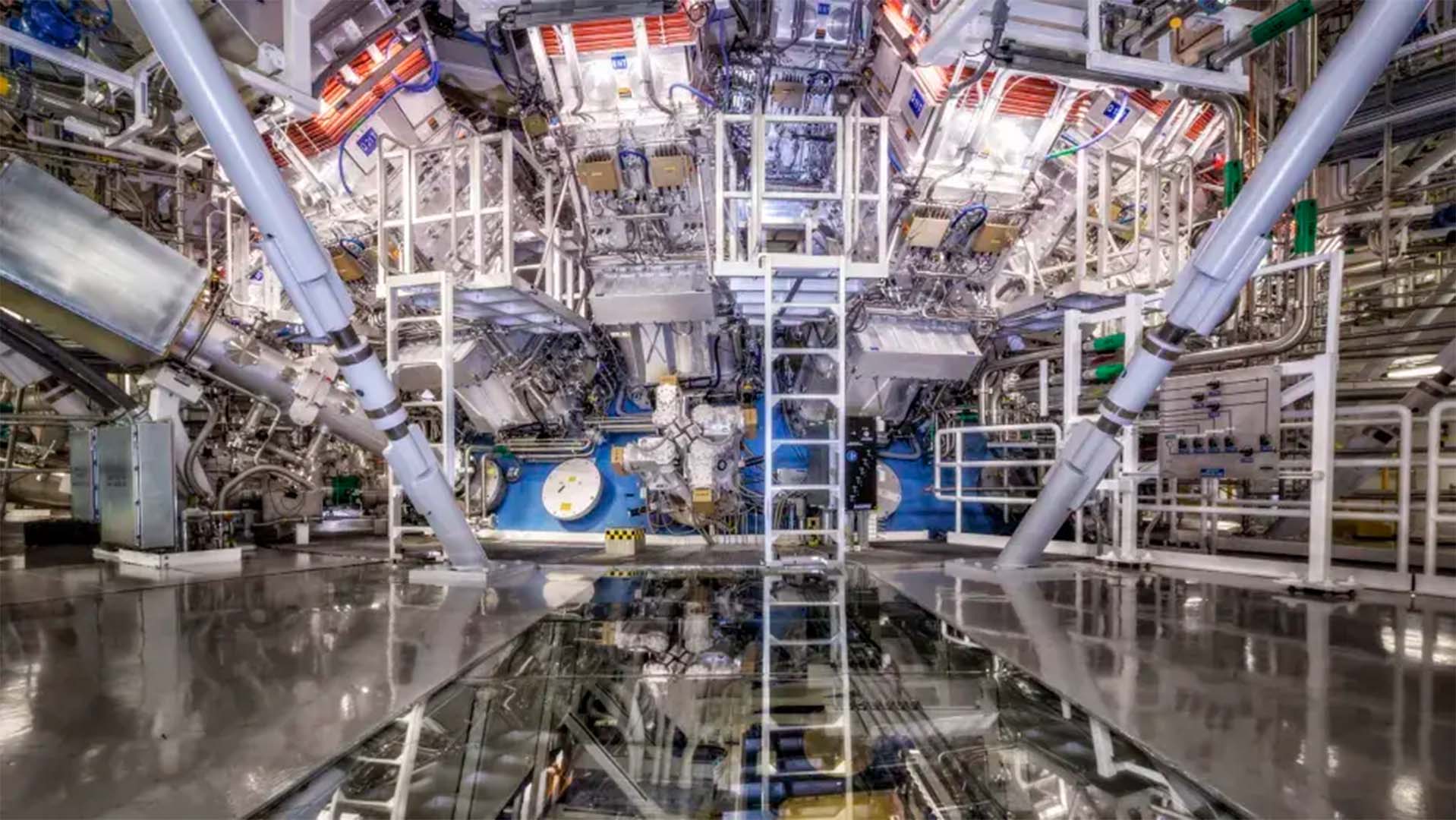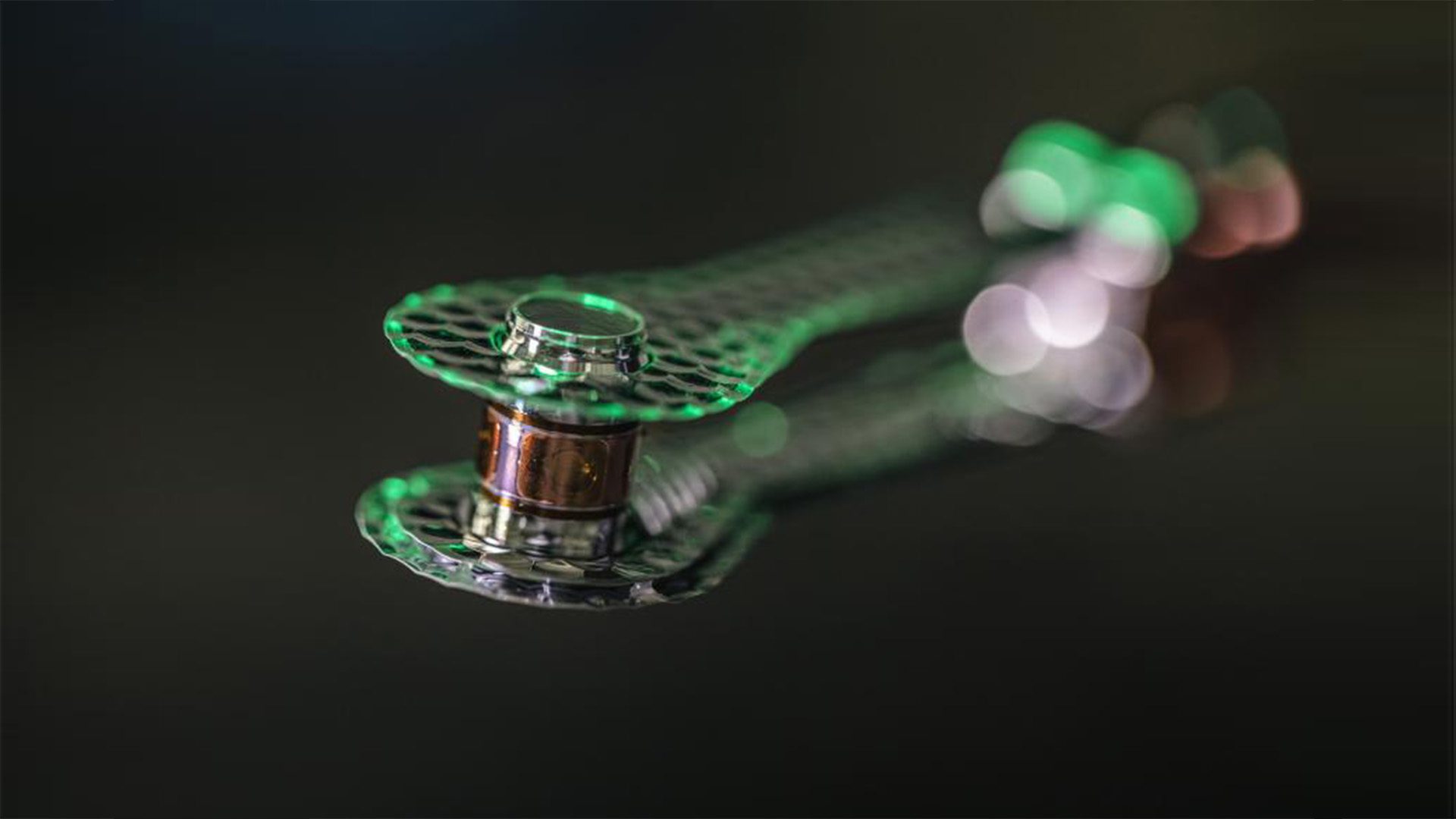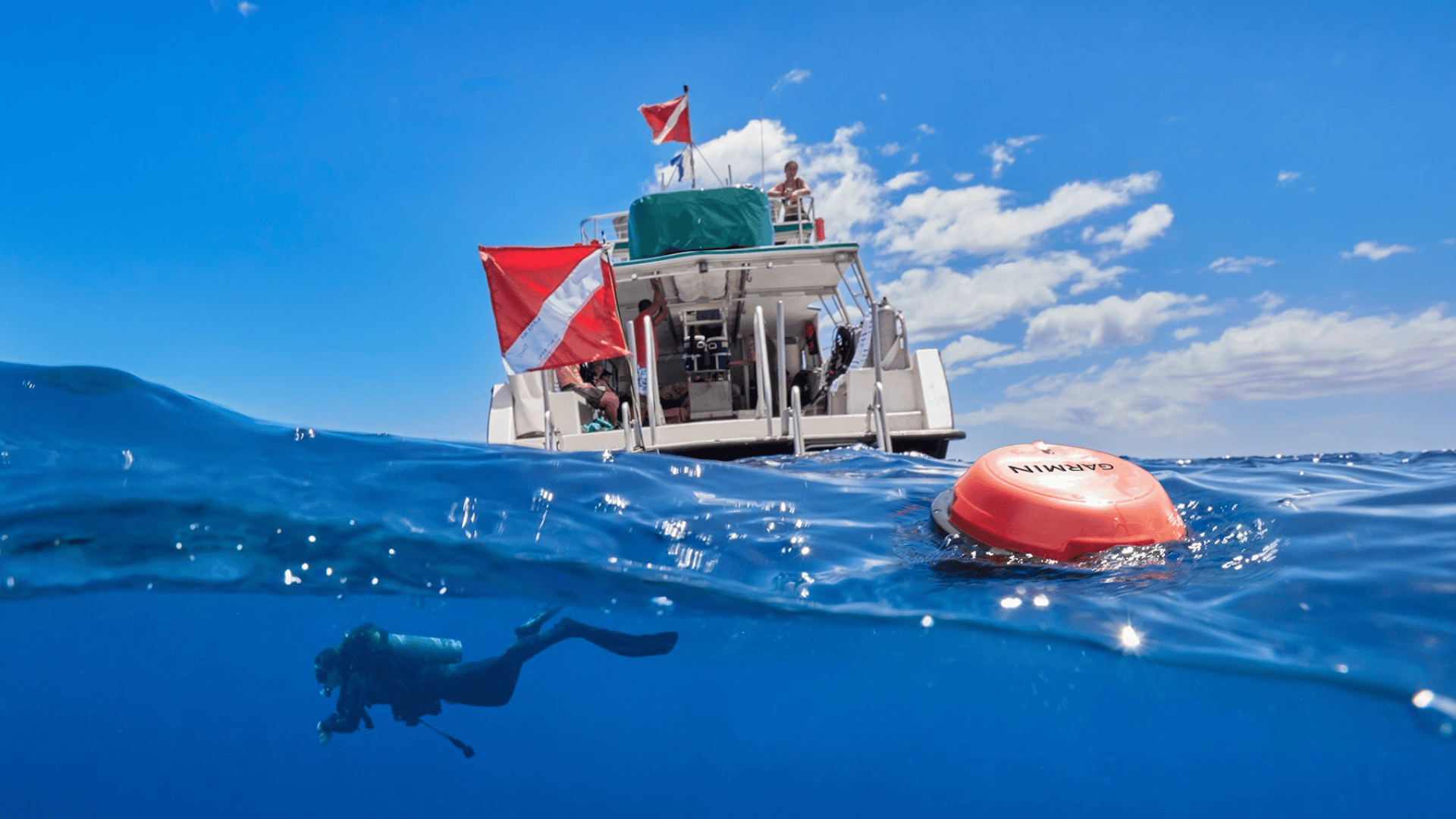U.S. scientists have successfully achieved a “net energy gain” from an experimental fusion reactor. This represents the first time researchers have ever produced more energy in a fusion reaction than was consumed during the process, a major step in the pursuit of zero-carbon power.
The experiment put in 2.05 megajoules of energy to the target and resulted in 3.15 megajoules of fusion energy output—more than 50 percent more energy than was put in. It was the first controlled fusion experiment in history to reach this milestone, also known as scientific energy breakeven and nuclear fusion ignition.
The breakthrough was made by a team of scientists at the Lawrence Livermore National Laboratory’s (LLNL) National Ignition Facility on December 5. The National Ignition Facility is the world’s largest and most energetic laser system—it is the size of a sports stadium and uses powerful laser beams to create extremely high temperatures and pressures.

Scientists at the National Ignition Facility delivered over 2 million joules of ultraviolet energy to a tiny fuel pellet to create fusion ignition. The laser energy is converted into X-rays inside a hohlraum, which then compresses a fuel capsule until it implodes. This creates a high-temperature, high-pressure plasma.
The U.S. Department of Energy officially announced this major scientific breakthrough in a statement on Tuesday, December 13. U.S. Secretary of Energy Jennifer M. Granholm describes the breakthrough as a “landmark achievement” that will spark future discoveries. LLNL’s Director Dr. Kim Budil added “The pursuit of fusion ignition in the laboratory is one of the most significant scientific challenges ever tackled by humanity, and achieving it is a triumph of science, engineering, and most of all, people.”
The Challenge of Nuclear Fusion
Creating and sustaining nuclear fusion on Earth is one of scientists’ and engineers’ greatest goals but also one of its hardest challenges. Nuclear fusion occurs when two light nuclei atoms are fused into a single heavier nucleus, releasing a massive amount of energy as heat. A fusion reaction is about four million times more energetic than a chemical reaction, such as burning coal, oil, or gas, and it does not give off any greenhouse gas emissions. As a result, many scientists believe that clean nuclear fusion energy is the key to a net-zero carbon world.
However, in order to fuse, hydrogen atoms need to be extremely hot and packed tightly and long enough to collide frequently. A fusion power plant thus requires developing materials that will withstand extreme environments, getting the plasma to sustain itself without external heating, transferring power efficiently, and creating tritium for fuel. In other words, sustaining nuclear fusion is no easy feat.
Scientists have achieved nuclear fusion in the lab, but have not been able to sustain it for a long enough time or generate enough power. For example, In February 2022, the Joint European Torus (JET) facility in the United Kingdom generated 59 megajoules of sustained energy for five seconds. This is enough energy to power 35,000 homes over that time.

As for the use of lasers, a group of scientists at the LLNL in the 1960s hypothesized that lasers could be used to induce fusion in a laboratory setting. The lab’s latest announcement demonstrates that achieving ignition with laser systems is possible. However, this achievement is happening on a much smaller scale than what’s needed to power electric grids and heat buildings.
The data from JET and LLNL will help ITER, the world’s largest nuclear fusion project which is currently being built in Southern France. ITER’s goal is to demonstrate the scientific and technological feasibility of fusion, and it is a collaboration between seven members: China, the European Union, India, Japan, South Korea, Russia, and the United States. ITER is expected to come online as soon as 2025, with a prototype fusion power plant being ready by 2050.
Discover more nuclear news and information on our nuclear energy exploration.







